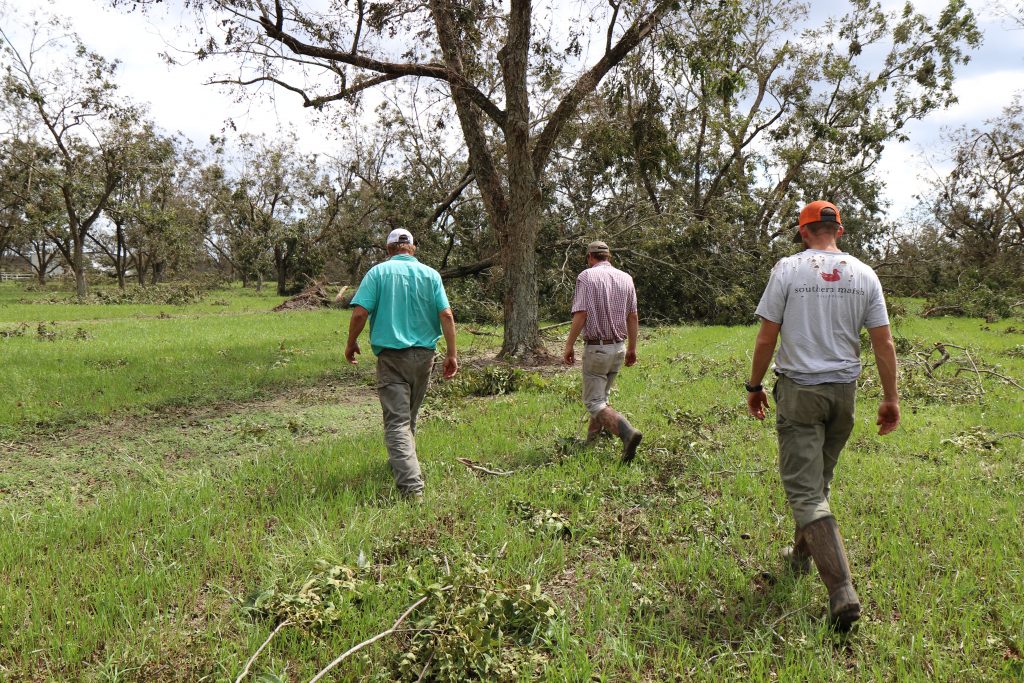
Alabama Extension reminds vegetable and specialty crop producers about the Noninsured Crop Disaster Assistance Program (NAP) that is in place to provide financial assistance to producers of noninsurable crops when diminished yields, inventory loss or prevented planting occur as a result of a natural disaster.
If growers are unable to get coverage through the U.S. Department of Agriculture’s Risk Management Agency, NAP, administered by the USDA Farm Service Agency, may be an alternative.
The basic 50/55 NAP coverage is equivalent to 50% of expected production and 55% of the average market price of the crop. Growers can also purchase higher levels of coverage by the application closing date for all eligible crops that were produced successfully in a previous year. Buy-up coverage levels range from 50% to 65% of production, in 5% increments, at 100% of the average market price.
Eligible crops must be commercially produced with crop insurance not available. These include specialty crops, crops grown for food, fiber and seed, crops produced in a controlled environment and those used for biofuels.
Eligible causes of loss include drought, freeze, hail, hurricanes, floods, excessive heat, plant disease and insect infestation. Damage must occur during the coverage period, before or during harvest, and have a direct effect on the eligible crop.
NAP coverage is available to farmers who have an average adjusted gross income, not over $900,000. Farmers are also required to pay a service fee calculated as the lesser of either $325 per county, per crop, or $825 per producer county.
Applications are available at your local FSA office. Service fees are due at the time of application submission.









